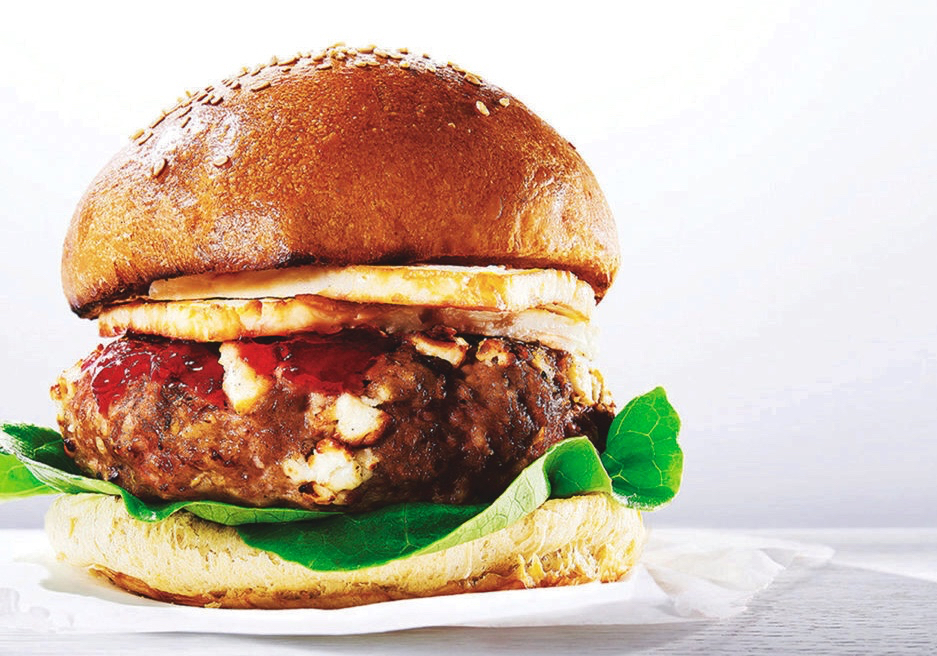Have you thrown out any food recently? Did you find less-than-appetizing food hiding in your refrigerator? Was it in an opaque container that may have startled you when you opened it to view the contents? Have you happened upon food well past its “use by” date in your cupboard or refrigerator?
If you discarded food for any reason, you aren’t alone, according to a report published by the Natural Resources Defense Council. About 40 per cent of food in the U.S. is tossed out annually, with a price tag of $165 billion a year. The losses can occur during farming, processing, distribution, retail and food service, and in households.
Read Also

Cooking fish of Manitoba: Keep your catch fresh and tasty for the table
Fishing in Manitoba provides mouthwatering meals, assuming anglers handle, process and cook their fish properly before sitting down to eat. Here’s how, with recipes and fish preparation tips.
Scientists estimate that cutting these losses by just 15 per cent could feed 25 million people annually.
Like many people our age, my husband and I grew up in families headed by parents who were young children during the 1920s and ’30s when economic times were tough. Because money was especially tight during their formative years, our parents and their parents avoided wasting food. The tradition was passed on to us.
While growing up, we regularly had leftovers for lunch or made use of them in other meals. Leftover boiled potatoes might become hash browns the next day. Leftover roast became soup or stew. We enjoyed tasty, abundant meals.
We, in nutrition, often call the practice “cooking once and eating twice.” You can save time and money in the process.
Our frugal traditions continue. I eat leftover food nearly every day for lunch. I figure it saves me at least $120 a month because I’m not buying my lunch. That adds up to more than $1,400 a year.
Making use of your leftovers is good on several levels. On a larger scale, wasting less food throughout our food system is good for our environment. It can decrease methane emissions in landfills.
The Natural Resources Defense Council provided some excellent tips, which I have supplemented a bit with some of the available resources from the NDSU Extension Service.
- Shop wisely. Plan your meals and use a shopping list. For recipe and meal ideas, check out the online resources at http://www.ndsu.edu/eatmsmart. Click on “For Parents/Caregivers” to see more grocery shopping tips, shopping lists and economical recipes. Become a “Facebook friend” to get regular tips and video recipes.
- Know what the dates on the packages mean. Certain foods, such as baby food, “expire” and shouldn’t be used past a particular date. “Best if used by” indicates quality not necessarily safety, and you can use the food for a while beyond the date as long as it has been kept in the appropriate storage conditions. A “sell-by” date is meant for the store, which shouldn’t sell the product past that date. However, you still can use the food at home. For more information about food storage, including suggested storage times for a wide range of foods, see the “Food Storage Guide” at http://www.ag.ndsu.edu/pubs/yf/foods/fn579.pdf.
- Don’t overlook imperfect produce. Just because vegetables aren’t photo ready doesn’t mean they are inedible. Be willing to purchase and use fruits and vegetables with variations in size, shape or colour. Dark bananas make good banana bread!
- Freeze unused ingredients or leftover food. Use moisture-proof, tightly sealed containers. Find out how to freeze a wide variety of foods by checking out the “Food Freezing Guide” at http://www.ag.ndsu.edu/pubs/yf/foods/fn403.pdf.


















